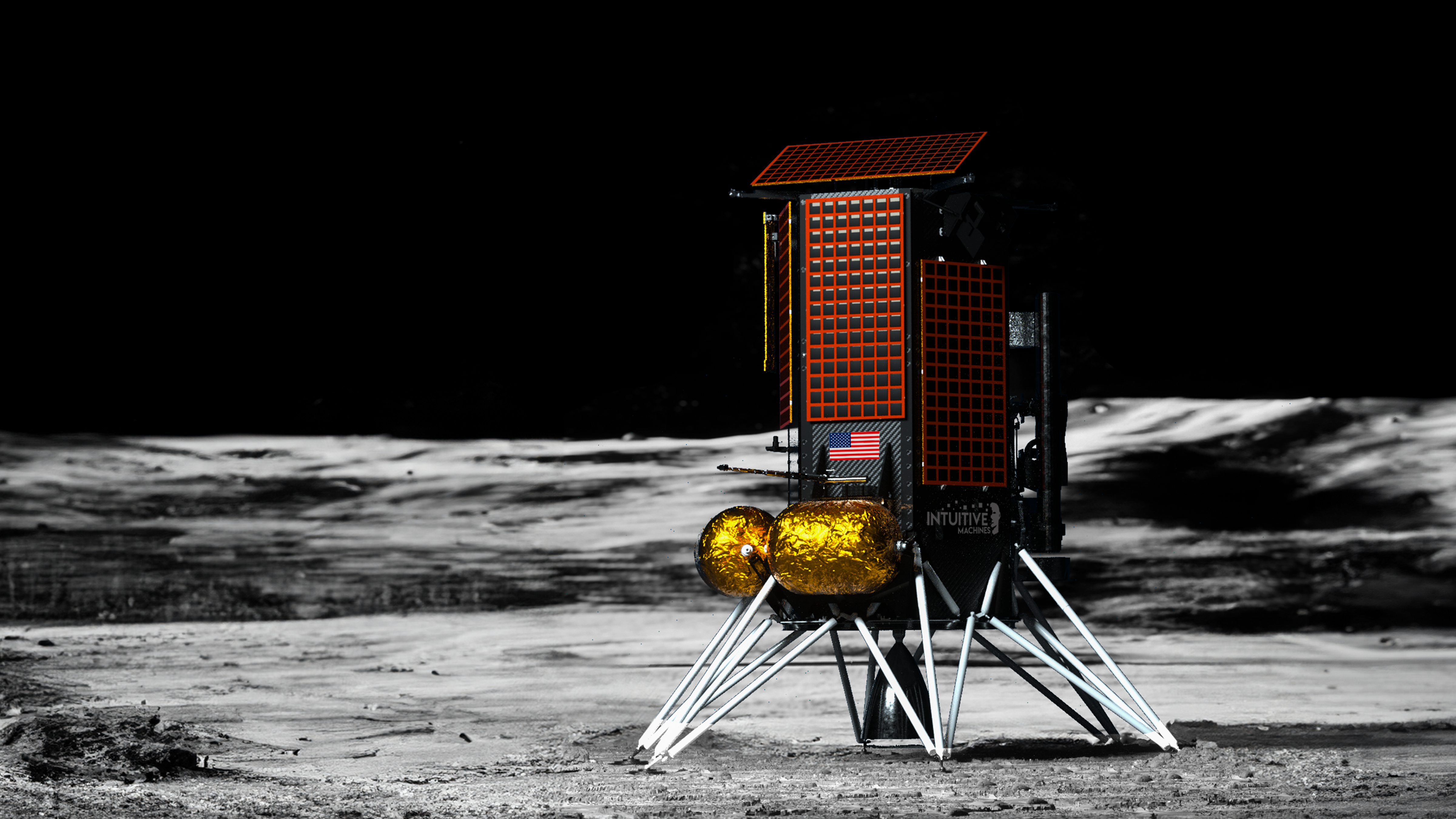
Intuitive Machines, a startup that went public last year, has secured a $116.9 million contract from NASA to send a moon lander to the lunar south pole in 2027. This contract is the latest under NASA’s Commercial Lunar Payload Services (CLPS) program, marking the tenth award and the fourth one granted to Intuitive Machines.
As part of this mission, the company will transport six NASA payloads to the moon, with additional space available for commercial customers.
The lunar south pole has become a focal point for scientific exploration due to the presence of water ice detected in the area. However, this region presents significant challenges, including areas of permanent shadow, low temperatures, and uneven terrain. To date, only one rover, India’s Pragyan, deployed from the Chandrayaan-3 mission in August 2023, has briefly explored the region.
One of the six NASA payloads for this mission will include a suite of instruments designed by the European Space Agency (ESA) to extract subsurface samples of lunar regolith and analyze their composition. These samples will help assess potential resources on the moon and develop technologies for resource extraction in the future, according to an ESA statement.
Other payloads for the mission include:
- A radiometer to study the composition of the moon’s surface.
- An instrument to measure the impact of the spacecraft’s landing on the regolith.
- A set of retroreflectors to help accurately determine the lander’s precise location.
Chris Culbert, manager of NASA’s CLPS initiative, noted the scientific objectives of these instruments, highlighting their role in understanding the moon’s environment. “They’ll help answer key questions about where volatiles — such as water, ice, or gas — are found on the lunar surface and measure radiation in the South Pole region, which could advance our exploration efforts on the Moon and help us with continued exploration of Mars,” Culbert stated.
Before the 2027 mission, Intuitive Machines has two lunar missions to complete. The second lunar mission is scheduled for launch in the fourth quarter of this year, and a mission to the Reiner Gamma region of the moon is planned for 2025.
The company launched its first lunar lander mission in February of this year. Although the lander successfully reached the lunar surface, it tipped over upon landing due to a slight increase in speed, positioning its solar panels unfavorably in relation to the sun. Despite this setback, Intuitive Machines reports that the mission successfully tested the lander’s core components and systems.
Featured Image courtesy of NASA
Follow us for more news on NASA’s ongoing space exploration efforts.
